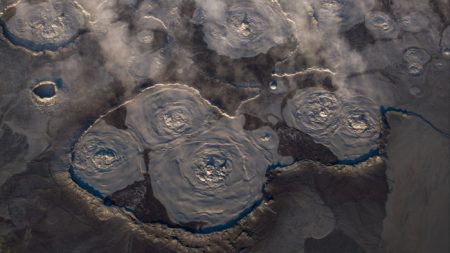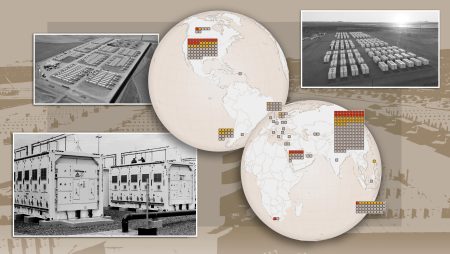Receive free Space exploration updates
We’ll send you a myFT Daily Digest email rounding up the latest Space exploration news every morning.
Nasa on Sunday delivered samples from the asteroid Bennu to Earth, concluding a seven-year mission that scientists hope will help them better understand the formation of the solar system billions of years ago.
A capsule containing rocks and dust from the 4.7bn-year-old asteroid landed in Utah, US, just before 9am local time. Those samples were collected by Nasa as part of its Osiris-Rex mission.
The material from Bennu is the largest haul from an asteroid ever to be brought to Earth, with roughly 250 grammes compared with a much smaller sample of just 5 grammes collected by Japanese missions in recent years.
The samples will provide “generations of scientists a window into the time when the Sun and planets were forming about 4.5bn years ago”, according to Nasa.
Bennu is made up of carbon-rich substances and clay minerals that contain water, meaning that the asteroid at one point “interacted with water”, according to Nasa.
Scientists hope that organic molecules collected from Bennu could, because of their age, hint at how life started on Earth.
“This mission proves that Nasa does big things, things that have inspired us, things that unite us,” said Nasa administrator Bill Nelson on Sunday.
“It brought something extraordinary — the largest asteroid sample ever received on Earth. It’s going to help scientists investigate planet formation, it’s going to improve our understanding of the asteroids that could possibly impact the earth and it will deepen our understanding of the origin of our solar system and its formation,” he added.
The US space agency launched its Osiris-Rex mission in 2016, setting out to gather materials from the 500-metre-wide asteroid. The spacecraft descended to the surface of Bennu in October 2020 and spent more than six months gathering the samples before beginning the more than 1bn-mile journey back towards Earth.
On Sunday, the Osiris-Rex completed that journey, depositing the capsule containing samples from Bennu safely in the Utah desert.
After being dropped by the spacecraft, the capsule containing Bennu samples re-entered Earth’s atmosphere at around 27,000 miles per hour, before slowing to just 11 miles per hour as it descended into the Utah desert.
The samples will be gathered and transported to Nasa’s Johnson Space Center in Texas for detailed analysis.
Read the full article here












